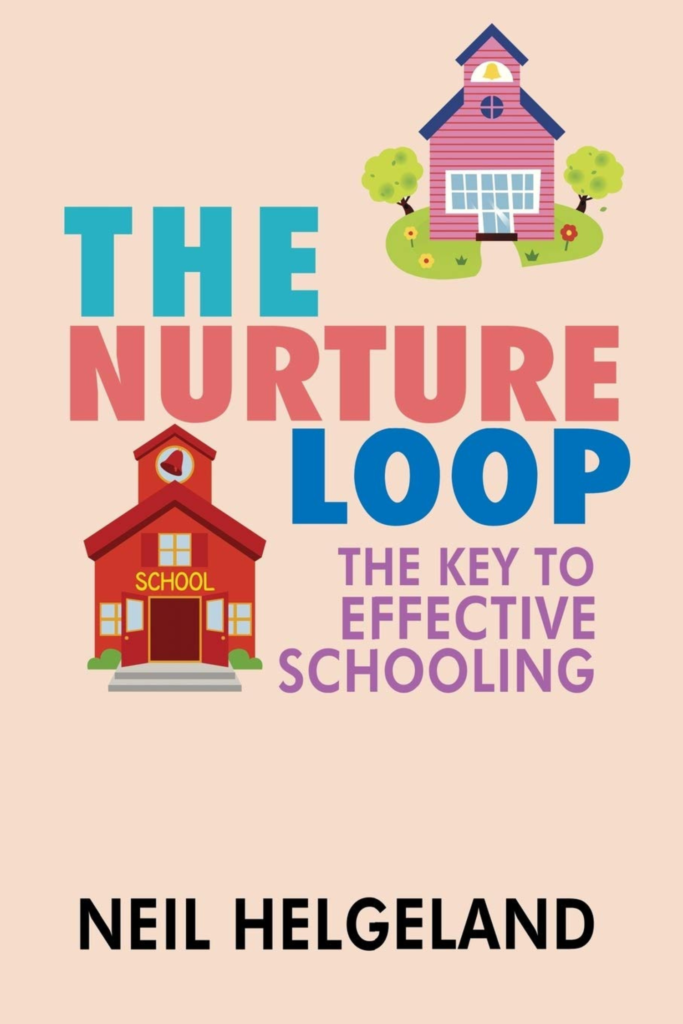The Nurture Loop: The Key to Effective Schooling

The Nurture Loop: The Key to Effective Schooling, by Neil Helgeland, is the late author’s unfinished monograph on public education. The author’s family added to the book after his death.
In this slim volume, Helgeland explores the link between breakdowns in public education and breakdowns in others parts of society. He posits that, at least in part, the former leads to the latter. The key element to building better schools—and as a result, a better society as a whole—isn’t high standards, student or teacher evaluations, behavior modification, or strong administration; it’s simply nurturing students as learners and as people.
The nurture loop that Helgeland describes begins with the impact parents, then teachers, then older students have on children. But in today’s world, and in many individual lives, the loop is broken. The author’s aim is to identify the missing pieces of the cycle and explain how to make it work again.
Helgeland’s somewhat idealized vision is a modern adaptation of the one-room school. This format puts nurturance at center-stage and encompasses other key tenets of his educational philosophy, such as students feeling good about their school and education being responsive to people.
At the heart of this book is a plan for a K–10 education system, including an explanation of how it would affect dropout rates, higher-education preparedness, and more. Unfortunately, the system isn’t fully developed, lacking a full description of how it works in day-to-day classroom settings. Having an educator flesh out this plan would be more helpful to teachers and administrators than the snippets found in the chapter “Titles for Other Books I’d Like to Write.”
Examples come from the author’s own educational experience. While his lessons are interesting, the era of his youth feels quite distant from today’s educational climate (he graduated high school in 1941). The book also includes complicated hand-drawn graphics to illustrate lines of nurture in modern and historical school systems, and each system’s effects on quick learners, average learners, and slow learners. While they take some deciphering, they give a good sense of how Helgeland perceives differences between past and present school climates.
Overall, the volume simply states ideas rather than fully presenting and explaining those ideas to parents, teachers, and other educational stakeholders. These readers will find ideas that ring true, but they will be a bit at a loss as to how to fully implement them. Helgeland ignites a spark to begin change, but more resources are needed to complete the nurture loop.
While the back panel describes the book as a monograph, the content is more personal and approachable than that term may suggest. The tone is friendly and conversational, which makes the text easy and quick to read—and it shows the author’s genuine care for the public school system.
